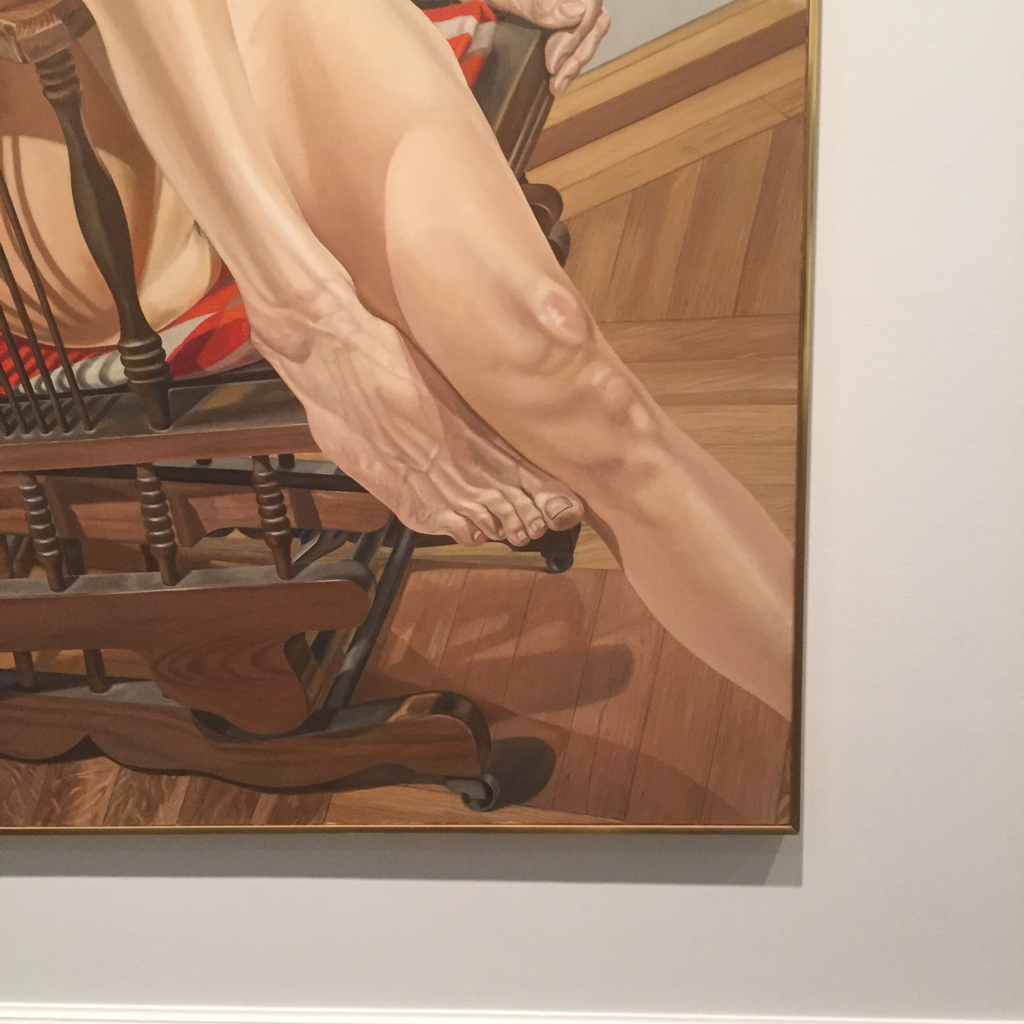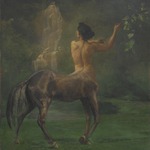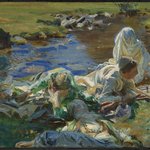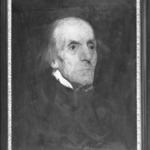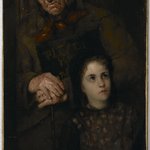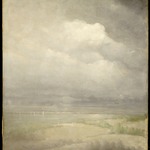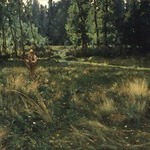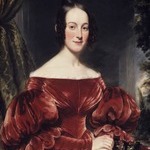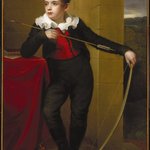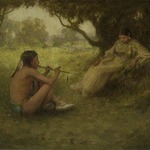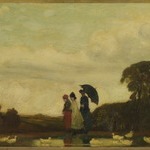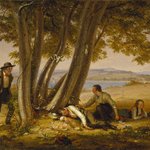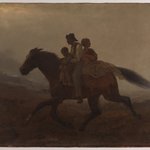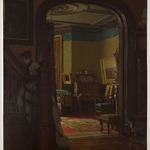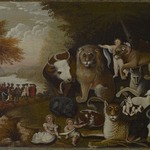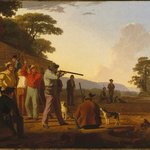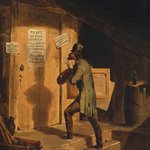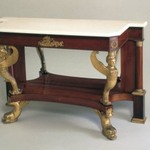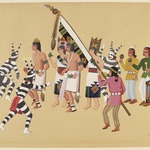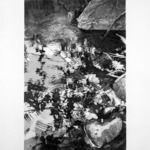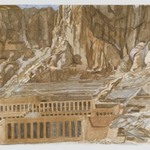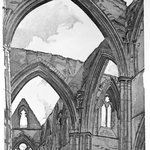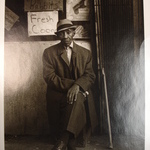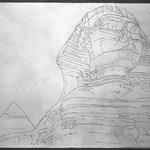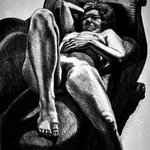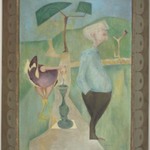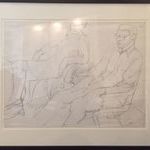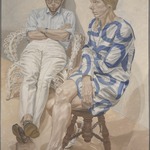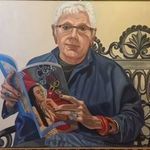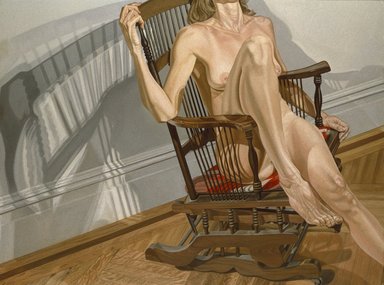
Female Model on Platform Rocker
Philip Pearlstein
Contemporary Art
A key figure in the revival of realism in the 1960s, Philip Pearlstein experimented briefly with landscape before arriving at his signature subject: the nude model in the studio. Working directly from life, he created crisply and objectively rendered images of candid nude bodies. In this composition, the body of the reclining figure is dramatically foregrounded. The close-up vantage point is reinforced by the abrupt cropping and tilted perspective, while harsh lighting casts decorative shadows against the wall, creating an interplay between realism and abstraction.
MEDIUM
Oil on canvas
DATES
1977–1978
DIMENSIONS
72 1/4 x 96 1/8 in. (183.5 x 244.2 cm) (show scale)



SIGNATURE
Signed lower left: "Pearlstein 78"
COLLECTIONS
Contemporary Art
ACCESSION NUMBER
79.17
CREDIT LINE
Designated Purchase Fund, Dick S. Ramsay Fund, Exxon Income Fund, Healy Purchase Fund B, John B. Woodward Memorial Fund, and Restricted Contributions
EXHIBITIONS
MUSEUM LOCATION
This item is not on view
CAPTION
Philip Pearlstein (American, 1924–2022). Female Model on Platform Rocker, 1977–1978. Oil on canvas, 72 1/4 x 96 1/8 in. (183.5 x 244.2 cm). Brooklyn Museum, Designated Purchase Fund, Dick S. Ramsay Fund, Exxon Income Fund, Healy Purchase Fund B, John B. Woodward Memorial Fund, and Restricted Contributions, 79.17. © artist or artist's estate (Photo: Brooklyn Museum, 79.17_SL1.jpg)
IMAGE
overall, 79.17_SL1.jpg. Brooklyn Museum photograph
"CUR" at the beginning of an image file name means that the image was created by a curatorial staff member. These study images may be digital point-and-shoot photographs, when we don\'t yet have high-quality studio photography, or they may be scans of older negatives, slides, or photographic prints, providing historical documentation of the object.
RIGHTS STATEMENT
© Philip Pearlstein
The Brooklyn Museum holds a non-exclusive license to reproduce images of this work of art from the rights holder named here.
The Museum does not warrant that the use of this work will not infringe on the rights of third parties. It is your responsibility to determine and satisfy copyright or other use restrictions before copying, transmitting, or making other use of protected items beyond that allowed by "fair use," as such term is understood under the United States Copyright Act.
For further information about copyright, we recommend resources at the United States Library of Congress, Cornell University, Copyright and Cultural Institutions: Guidelines for U.S. Libraries, Archives, and Museums, and Copyright Watch.
For more information about the Museum's rights project, including how rights types are assigned, please see our blog posts on copyright.
If you have any information regarding this work and rights to it, please contact copyright@brooklynmuseum.org.
If you wish to contact the rights holder for this work, please email copyright@brooklynmuseum.org and we will assist if we can.
RECORD COMPLETENESS
Not every record you will find here is complete. More information is available for some works than for others, and some entries have been updated more recently. Records are frequently reviewed and revised, and we welcome any additional information you might have.



